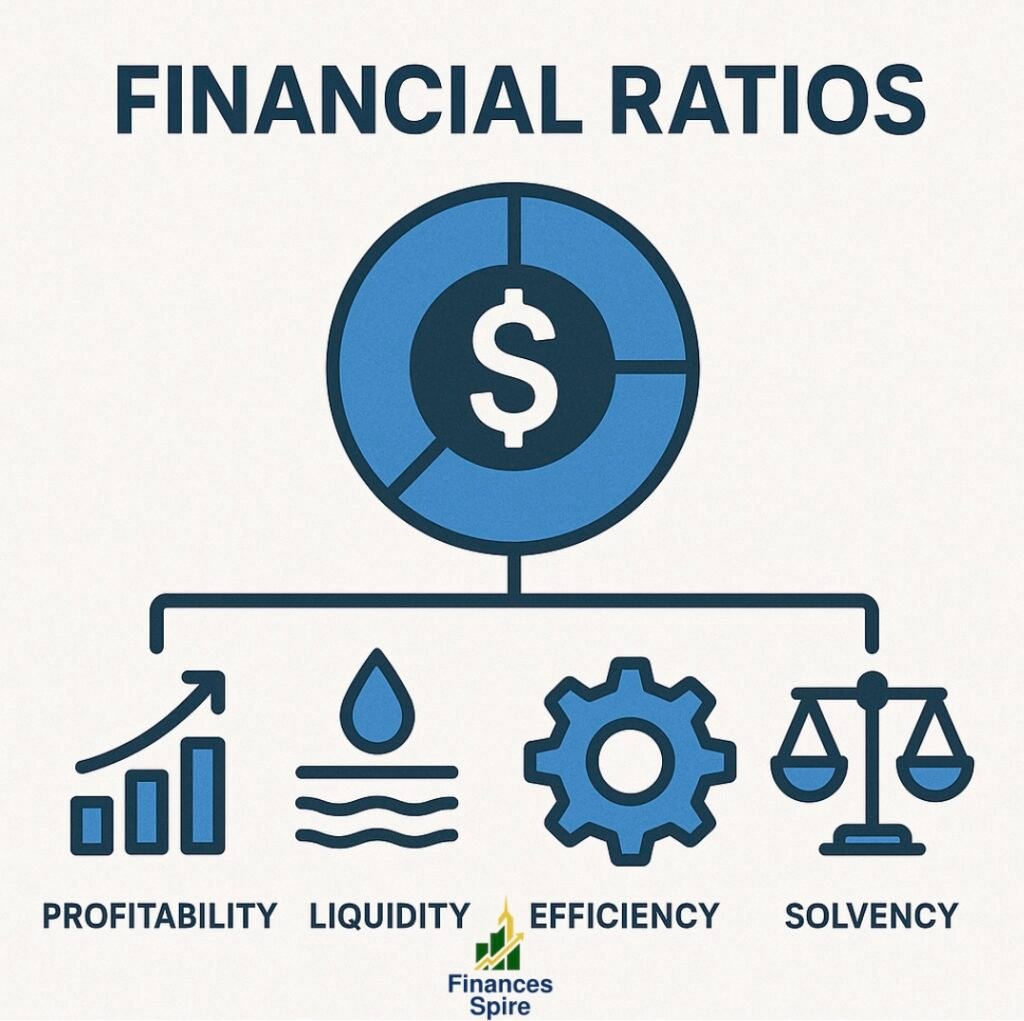A Monthly Budget That Actually Works
A functional monthly budget isn’t just about numbers—it’s about building financial confidence, clarity, and control. If your past budgets fell apart midway through the month, they likely weren’t tailored to fit your real lifestyle. Instead of using a generic template, this guide will walk you through a proven and realistic process to create a monthly budget that works—for you.
Understand Your True Net Income
Your budget should reflect what you truly earn—not just your gross salary. To get a clear picture, subtract the following:
- Taxes
- Health insurance premiums
- Retirement contributions
- Other payroll deductions
What remains is your net income—the amount you can actually spend. If your income varies, calculate an average from the past 3–6 months. This gives you a more reliable monthly estimate. Additionally, don’t forget to include income from side hustles, freelance work, or passive income sources.
Track and Categorize Every Expense
Knowing where your money goes is the foundation of successful budgeting. Start by reviewing the last two months of your bank and credit card statements. Then, log each transaction and sort them into three main categories:
1. Fixed Expenses
These are consistent each month, such as rent, insurance, loan payments, and subscriptions.
2. Variable Expenses
These change depending on your lifestyle—think groceries, gas, dining out, and personal care.
3. Irregular or Seasonal Expenses
These can easily throw off a budget if not planned for. Examples include holiday gifts, school supplies, or medical costs.
Use a spreadsheet or budgeting app to organize and track these expenses. Over time, you’ll uncover spending patterns and identify where adjustments are needed.
Choose a Budgeting System That Suits You
Not every budgeting method works for everyone. Fortunately, there are several proven systems you can try:
✅ The 50/30/20 Rule
This method is beginner-friendly:
- 50% for needs (rent, groceries, utilities)
- 30% for wants (entertainment, travel)
- 20% for savings and debt
It’s flexible and easy to follow.
✅ Zero-Based Budget
Here, every dollar has a purpose. For example, if you earn $4,000, you’ll allocate the entire amount across expenses, savings, debt, and investments. While it requires frequent updates, it gives you maximum control.
✅ Envelope System (Physical or Digital)
Divide your income into spending “envelopes” like:
- Groceries: $400
- Gas: $150
- Dining Out: $100
Tip: Test each system for a month and see which feels most natural. A personalized system is much easier to stick with.
Build in Flexibility and Buffer Zones
Budgets that are too rigid often fail. Life happens—an unexpected expense can derail your plan in seconds. That’s why it’s wise to build in buffer categories.
Suggested Buffer Funds:
- Emergency Fund: Start with $500–$1,000
- Maintenance Fund: For car or home repairs
- Gift Fund: For birthdays, holidays, or weddings
Set aside 5–10% of your income for these categories. That way, you won’t panic when surprise costs show up.
Use Tools That Automate and Visualize
Technology can make budgeting easier. Use digital tools that help you:
- Auto-categorize your transactions
- Display real-time dashboards
- Track income vs. spending with visual charts
- Send alerts when you’re nearing your budget limits
Top Budgeting Tools to Try:
- Google Sheets (customizable formulas)
- YNAB (You Need a Budget)
- Mint or EveryDollar
- Personal Capital (also tracks investments)
With automation, you remove guesswork and stay more motivated by seeing real-time progress.
Commit to a 5-Minute Weekly Review
Many people wait until the end of the month—by then, it’s too late to fix overspending. Instead, set a short weekly check-in every Sunday. It only takes five minutes but makes a big difference.
Ask Yourself:
- Did I overspend in any category?
- Do I need to shift money between envelopes?
- Are there any big expenses coming up?
These mini check-ins keep your budget alive and responsive.
Set Financial Goals That Motivate You
A budget without purpose feels like punishment. That’s why you should connect your plan to goals that excite you.
Short-Term Goals:
- Save $1,000 for emergencies
- Pay off a credit card
- Save for an upcoming vacation
Long-Term Goals:
- Buy your dream home
- Retire early
- Pay off student loans
Set clear dollar amounts and deadlines. When you tie your budget to meaningful goals, discipline becomes empowering.
Download Your Monthly Budget Template (Free)
Ready to build a budget that fits your life?
🎁 Download our Monthly Budget Planner with:
- Pre-filled expense categories
- Interactive income calculator
- Goal tracker + dashboards
- Google Sheets + printable PDF format
Click here to download the Monthly Budget Template and take full control of your money today.
Progress Over Perfection
Budgeting isn’t about being flawless—it’s about staying aware and adjusting when needed. Some months will be messy, and that’s perfectly normal. What matters most is that you stay involved and keep moving forward.
A great budget doesn’t restrict you—it frees you to live without financial stress.


